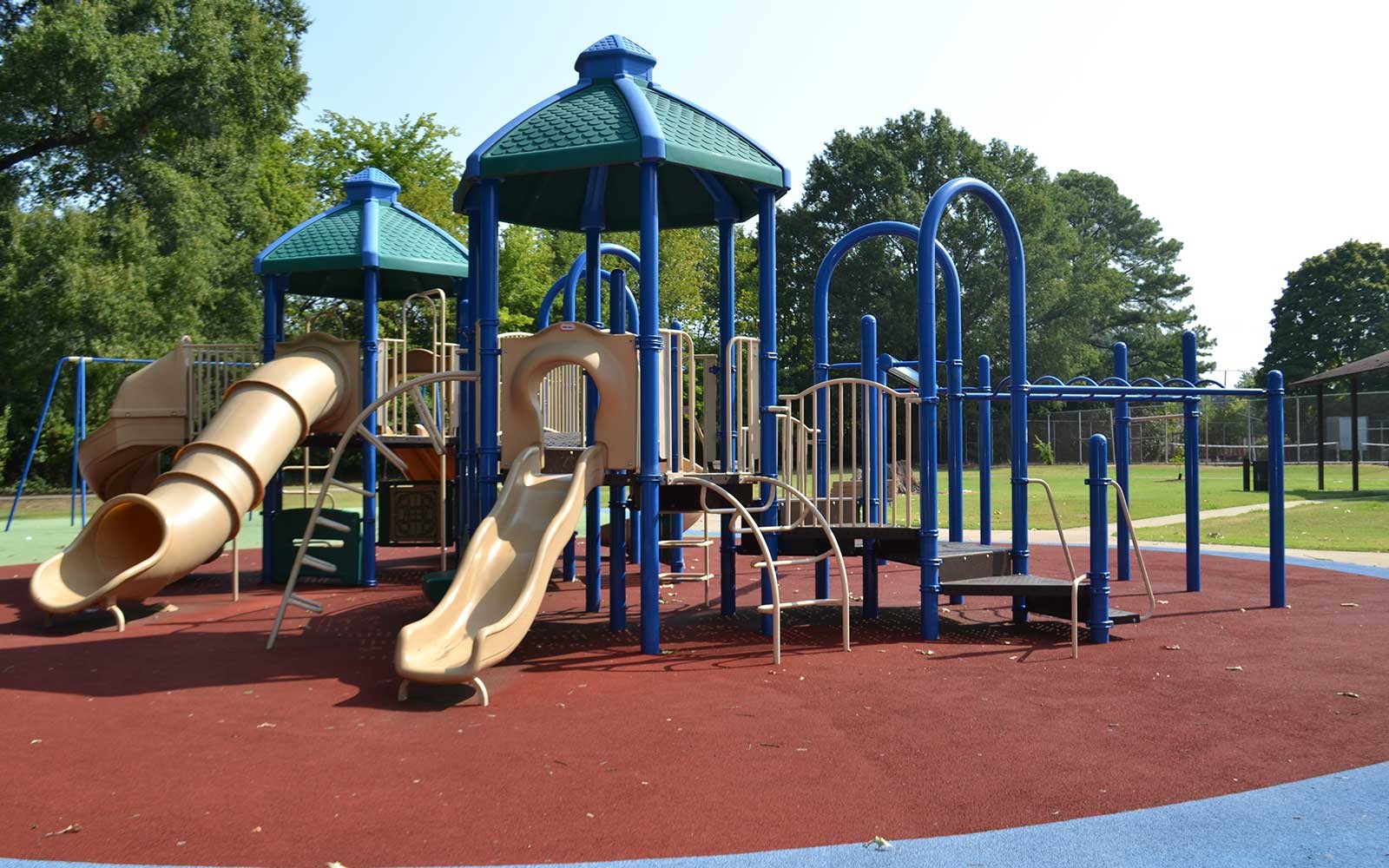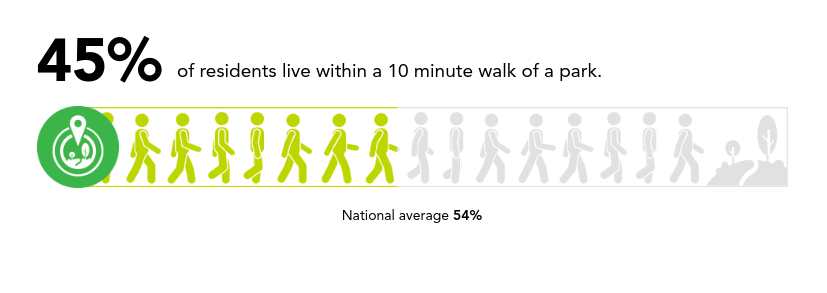 City of Memphis
City of Memphis
Out of the country’s 100 largest cities, Memphis ranks 87 when it comes to parks, according to one group’s annual report on the country’s best park systems.
The Trust for Public Land nonprofit ranks parks based on accessibility, investment, acreage, and amenities.
Memphis’ park system, comprising 194 parks, earned an improved ranking from last year. It was up four points from the 91st ranking Memphis received in 2018.
Memphis’ highest score was in acreage, where it earned 60 out of 100. That number is calculated based on median park size and the percentage of the city’s land dedicated to parks. Here 5 percent of the land is used for parks and recreation, according to the report. The national median is 15 percent.
Memphis scored significantly lower in the investment category with 30 out of 100. That score is based on the amount of public and non-profit spending that goes toward parks, as well as the number of hours volunteers invest in parks.
[pullquote-1]
Lower still, is Memphis’ amenity score — 25 out of 100. The group awards points in this category based on the availability of six key park amenities. The amenities include basketball hoops, off-leash dog parks, playgrounds, recreation and senior centers, restrooms, and splash pads.
Based on the report, there are, 2.9 basketball hoops, 1.8 playgrounds, and .1 restrooms in parks per 10,000 residents. There are .3 splash pads and .6 dog parks per 100,000 residents. Recreation and senior centers rank in the highest percentile with .9 centers per 20,000 people.
Finally, in the access category, Memphis’ parks scored 20 out of 100. Accessibility is determined by the percentage of the population living within a 10-minute walk or a half mile of a park. Here 45 percent of residents live within that proximity to a park. The national average is 54 percent.
The report also breaks down accessibility based on demographics. It found that more low-income households here are within a half of mile of a park than both middle and high income households. Only 16,697 middle-income households, compared to more than 54,000 low-income households, are located within a half mile of a park.
 Trust for Public Land,
Trust for Public Land,
Percentage of Memphis living within a 10 minute walk of a park.
Memphis Mayor Jim Strickland is one of more than 250 mayors across the country who have joined the Trust for Public Land’s 10 Minute Walk campaign. Organized in partnership with the National Recreation and Park Association and the Urban Land Institute, the campaign aims to bring a park within a 10-minute walk to every household in the country by urging mayors to adopt long-term strategies to improve equitable access to quality parks.
The report also lists five ideal quarter-mile-radius areas for new parks here. Those locations are near the intersections of Getwell and New Willow, Kirby and Mt. Moriah, Goodlett and Winchester, Perkins and Winchester, and Macon and Whitten.
Based on this year’s report, the U.S. city with the best park system is Washington, D.C., followed by Saint Paul, Minnesota; Arlington, Virginia; and Portland, Oregon.
Cities with the lowest-ranked systems include Oklahoma City, Charlotte, North Carolina; and Mesa, Arizona.